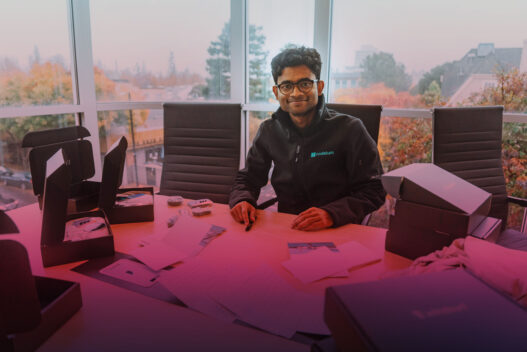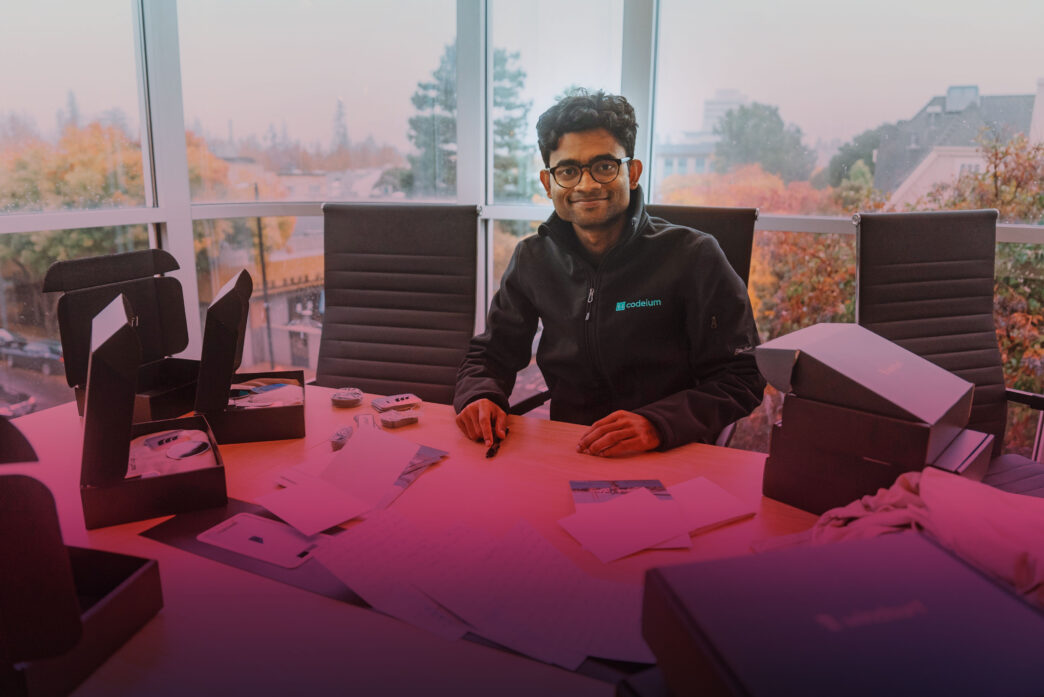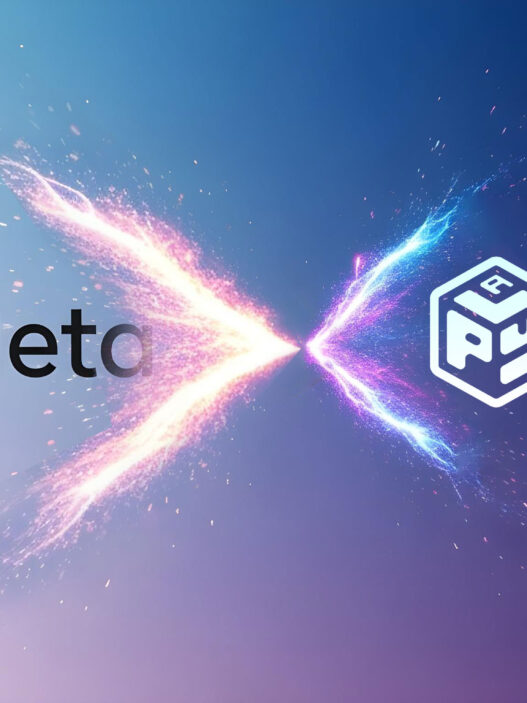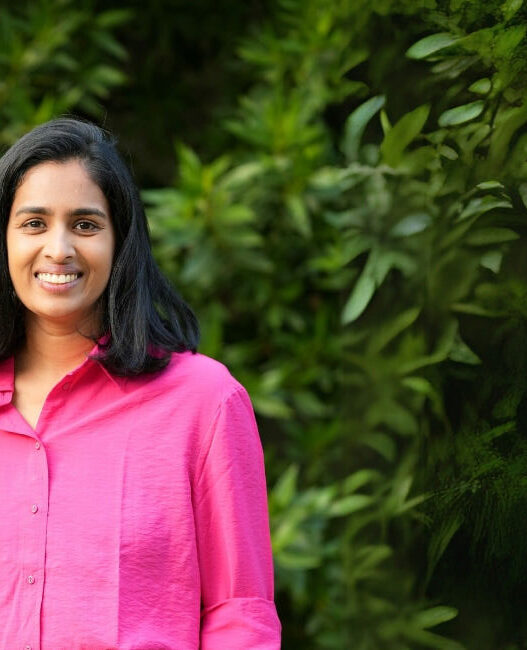Four years ago, Varun Mohan and Douglas Chen launched Windsurf (formerly Codeium) with a vision: AI-powered coding so smooth it feels like “vibe coding.” Instead of tweaking a plugin, developers would talk to an IDE that thinks. That dream clicked. In months, a million users flocked—and investors followed, pouring in $243 million and valuing the startup at around $1.25 billion.
Windsurf’s pitch? Use large language models as intelligent agents—their “Cascade” workflows could write, refactor, even run chunks of code. It wasn’t just Copilot; it was an ambient co-pilot for developers.
The Deal That Changed It All
By early 2025, chattering ramps suggested OpenAI was close to a $3 billion acquisition of Windsurf. A letter of intent was signed—but Microsoft’s influence on OpenAI allegedly choked the exclusivity window. With OpenAI out of the picture, Google swooped in.
In July 2025, Google struck a clever deal: a $2.4 billion non-exclusive license to key Windsurf tech, plus recruiting its core team into DeepMind’s AI development efforts around Gemini. This wasn’t a full acquisition, but rather a reverse acquihire—Windsurf stays independent while sharing its tech and talent.
According to Reuters, this was a “strategic licensing arrangement” that would allow Google to use Windsurf’s codegen infrastructure, while keeping the startup operational under a new leadership team.
Varun Mohan: The Man Behind the Code
Born and raised in Sunnyvale to Indian immigrant parents, Varun’s journey led from Harker School in San Jose to two MIT degrees in Computer Science—a BS and an MEng. Early roles saw him building GPU virtualization at Nuro, optimizing machine-learning systems at Databricks, Quora, LinkedIn—and maybe learning the pulse of real-world engineering challenges.
By mid-2021, alongside classmate Douglas Chen, he pitched Windsurf not as another startup but as the AI-native IDE, driven by coded intuition. Namely, “agentic IDEs”—designed to strategize code, freeing engineers to architect rather than type.
In an interview with Business Insider, Mohan was also vocal about lean operations. He referred to Windsurf as a “dehydrated entity,” hiring only to meet goals—just enough team to aim big and stay agile.
Windsurf’s Supporting Cast
- Douglas Chen, co-founder and product brain, is moving with Varun to DeepMind to lead AI-assisted coding under Gemini.
- Jeff Wang, former Head of Business, steps in as Interim CEO—a veteran of enterprise growth at Windsurf.
- Graham Moreno, former VP of Global Sales, is now Windsurf’s President—charged with scaling operations and forging enterprise relationships.
- Across ~250 employees, most of the R&D and engineering teams remain intact—still building and innovating from Windsurf’s offices while the founders pivot to Google.
This is not a hollowed-out shell. Windsurf continues to operate, retain clients, and possibly license its platform to other AI-focused enterprises.
Why This Matters: Code Meets AI Supremacy
This isn’t just a hiring spree or licensing deal—it’s a strategic shift in the AI arms race.
- For Google, it’s a fast lane into “agentic coding” for Gemini—bridging LLM smarts with real-time IDE muscle. The Verge reported that Google sees Windsurf’s technology as “a leap toward programmable AI tools that reason with developers, not just autocomplete code.”
- For OpenAI, it’s a loss. The collapse of the OpenAI-Windsurf deal—likely due to Microsoft friction—splashes cold water on its creator-focused pipeline. As per India Today, internal concerns from Microsoft over competitive overlaps may have blocked the acquisition.
- For Windsurf, it pulls their founders into Google—but the startup continues independently, free to license technology elsewhere.
This is a textbook reverse-acquihire—Google gains elite talent and tech without full ownership, sidestepping regulatory complexities that often come with jumbo acquisitions.
The Road Ahead
- At Google, Mohan, Chen, and their squad will embed Windsurf DNA into Gemini—elevating code generation to feel like working with a human-savvy teammate.
- At Windsurf, Jeff Wang and team will remain mission-focused—delivering enterprise-grade AI tools, and potentially forging new licensing deals beyond Google.
While the company retains its independence, the collaboration with Google will undoubtedly shape its direction.
Final Take
Windsurf’s journey—from MIT basement to a billion-dollar valuation, a near $3 billion acquisition, and a tech-talent raid—is the kind of Silicon Valley narrative that feels cinematic. It spotlights a new frontier: not just who owns AI innovation, but how talent and tech flow, morph, and spark across ecosystems.
Varun Mohan didn’t just build a tool—he sparked a movement: agentic coding. Now, with Gemini in his sights, we’ll see how fast the future of software development can really evolve.



















